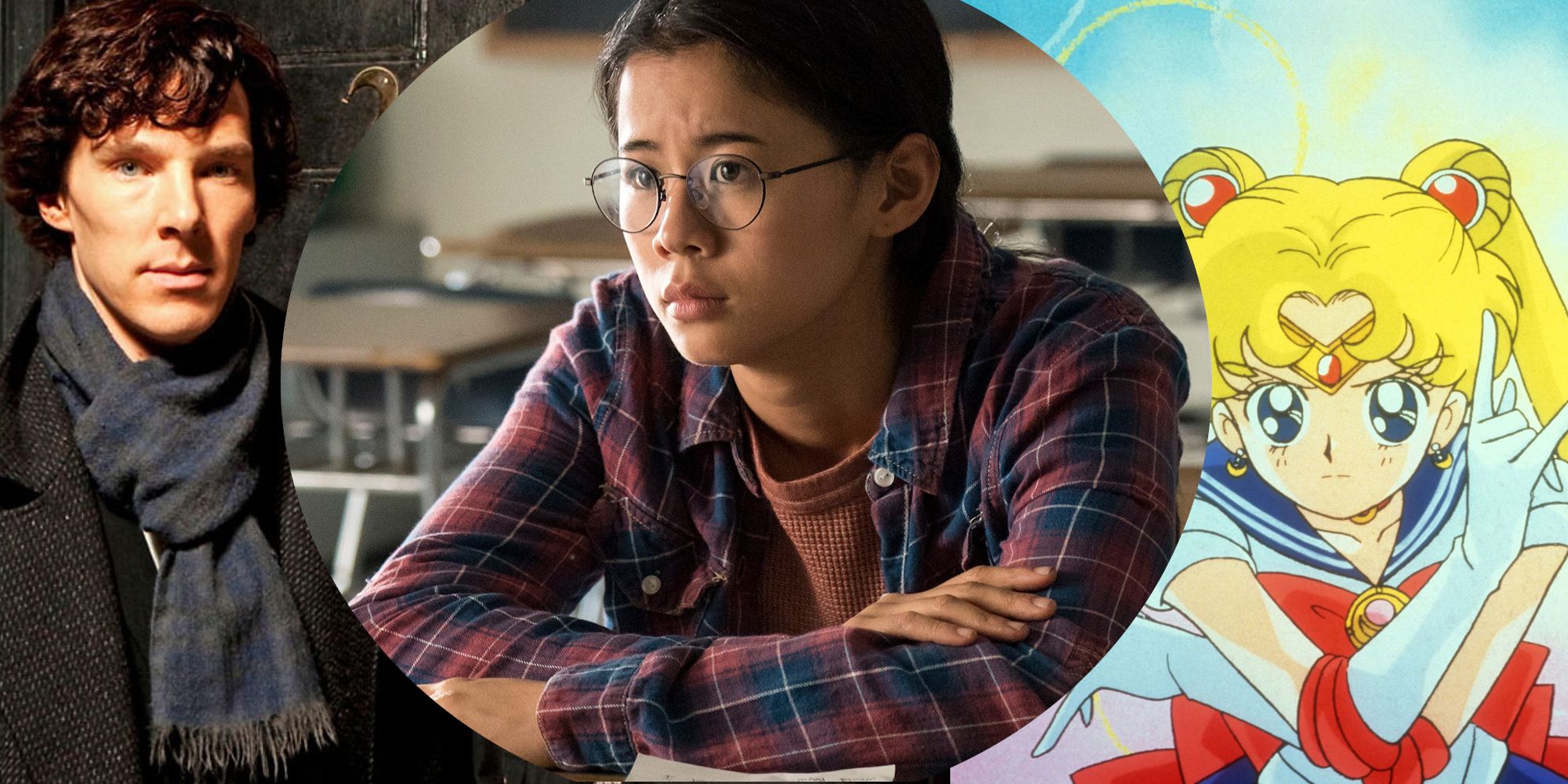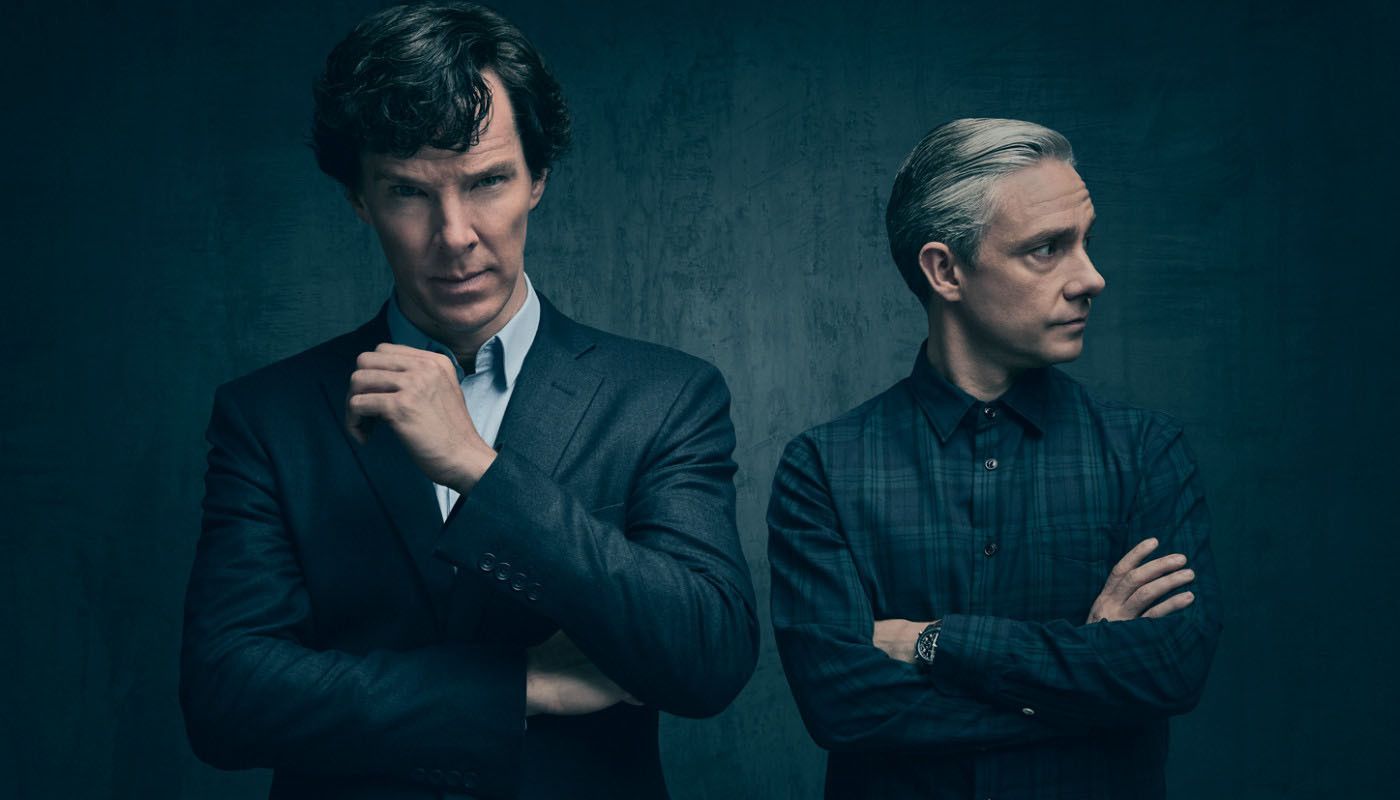LGBTQ representation is often teased but rarely given to audiences who need it. Especially in mainstream media, queer fans will receive one of two things: A lot of hype for an LGBTQ character who's ultimately a background blip, or has no influence on the plot (see Star Wars: The Rise of Skywalker, Onward or Toy Story 4) or queer narratives are teased without every actually being presented. This latter is often referred to as "queerbaiting," but as a concept, it is often misunderstood by fans.
Case in point: The recent Netflix film The Half of It featured a canonically queer girl who doesn't get the girl in the end. Many people accused it of "queerbaiting," but these accusations aren't just wrong, they're absurd. The movie is about a canon queer character dealing with her feelings in an overt, personal way. There's no "baiting," it just is out in the open. So this begs the question if fans who accuse media queerbaiting actually know what the term means in the first place.
What Counts as Queer Baiting?
Queerbaiting is when the creative minds behind a piece of media tease LGBTQ representation -- in interviews, on social media, or even in conversations with fans -- but there is no actual canon representation. This practice keeps LGBTQ audiences optimistic, if wary, that LGBTQ rep will be coming -- which therefore keeps them glued, along with their wallets.
Arguably the greatest modern example of this is in the BBC series Sherlock. Even from the series' early days, showrunner Steven Moffat seemed almost shocked at the idea that anyone would assume Sherlock and Watson in his modern re-imagining of Sir Arthur Conan Doyle's original mystery series would be gay.
Moffat told Digital Spy, "It's just that thing of two blokes hanging around together living together -- in this nice modern world it leads to people saying, 'Oh, are they a couple?' And that's nice. I thought how the world has changed, there is no disapproval. How much more civilized the world has become."
However, it isn't that simple. There are frequent jokes in the show indicating people see Sherlock and Watson as a couple, which increased the fandom fervor for the 'ship to become canon. Then, in the opening episode of Season 3, there's a scene where a fan writes erotic fan fiction about Sherlock and his nemesis Moriarty. Characters in the scene openly deride her and question how she could possibly think that would happen. Meanwhile, this scene is flanked by moments of Sherlock and Watson arguing like an old married couple.
Moffat also went out of his way to dismiss fans who speculated Sherlock might be asexual, telling The Guardian, "It's the choice of a monk, not the choice of an asexual. If he was asexual, there would be no tension in that, no fun in that -- it's someone who abstains who's interesting." This explanation actually implies that if Sherlock were an asexual character, the story would be worse, which suggests making a character canonically LGBTQ makes a narrative bad.
Queerbaiting vs. Ship Teasing
The reason why The Half of It drew so much ire is because it teased a same-sex relationship, then didn't bring it to fruition. Many fans react to not having an explicitly on-screen same-sex relationship by shouting, "Queerbaiting!" However, queer characters aren't any less queer for not being in a relationship. This isn't queerbaiting -- it's "ship teasing."
Ship teasing is when a relationship between characters is teased but not delivered. This can take multiple forms, such as when a relationship is set up but never followed through on, or when characters have a rocky or on-again-off-again relationship.
However, while ship teasing between same-sex characters can also be queerbaiting, as seen with Sherlock and Watson, it isn't the same thing. If a character is canonically LGBTQ, even if they don't end up in a queer relationship, their queerness doesn't dissipate. If a person is queer, they're queer, whether they're single or attached.
In fact, ship teasing can sometimes confirm characters are queer. A terrific example is Sailor Moon -- specifically the manga and its direct adaptation, Crystal. The series has multiple canon same-sex relationships, most notably Sailor Uranus and Neptune. Usagi, however, ends up romantically infatuated with Uranus over the course of the manga's third arc. While Usagi stays with her boyfriend, Mamoru, this fling confirms Usagi is not straight, but likely bisexual, pansexual, or otherwise queer. Just because Usagi ends up with a man doesn't mean her queerness is erased.
No Kissing? Still Queer
Many LGBTQ audiences want to see canon queer relationships on-screen, explicit and full. This is valid. However, it's enormously problematic to point fingers at anything not explicitly sexual or physical and call it queerbaiting.
For example, several fans criticized Yuri On Ice!!! for supposedly queerbaiting, even after the two male characters, Yuri and Victor, proposed to one another. The reason for this is that the two canonically queer characters didn't explicitly lock lips on-screen. They did, however, dive into one another's arms on national television, faces stylistically covered by their arms.
Queer representation isn't as simple as characters kissing. It's about nuanced and diverse representations of LGBTQ lives. It's superficial to say queer rep is invalid if characters don't end up dating and it's even more superficial to say that if a queer relationship doesn't meet an individual's standards, then it's queerbaiting. This term is necessary for discussion of queer rep -- but please use it correctly.




